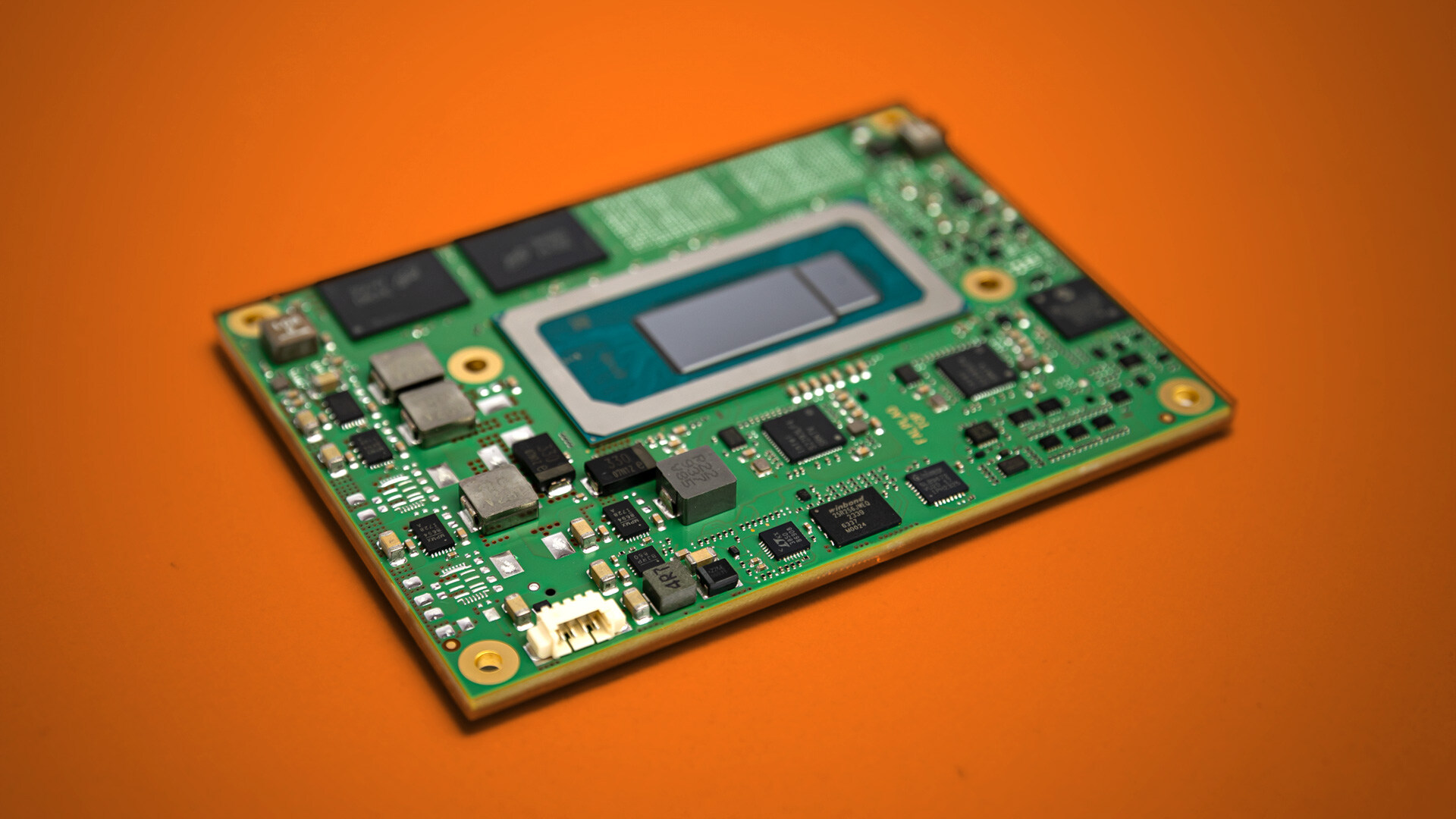COM-HPC Mini - Part 4: The Connector
With the release of Rev. 1.2 of the COM-HPC base specification and the introduction of the Mini size, some connector improvements were also included. These enhancements affect not only the Mini definition but also apply to the COM-HPC Server and COM-HPC Client modules.
Connector Performance
The 400-pin high-speed connectors were originally designed by Samtec, but now two additional third-party vendors, All Best and Amphenol, also supply licensed versions of the connector.
Since the initial release, the connector has received two types of updates. The visible one involves metal weld tabs on both sides of the connectors. These weld tabs are through-hole soldered to the carrier board and the module. The pad size of the connector’s PCB footprint is designed to allow soldering of these through-hole pins during the normal reflow process. No extra soldering step is required to use the much more rugged version of this high-speed connector.
Full backward compatibility is ensured as the old and new connector versions mate perfectly in all combinations. However, switching a design from the old to the new connector requires a minor layout update to accommodate the two through-holes and a slight change in connector width.
The non-visible change to the connector is the support for even higher data throughput. The signal specification has been updated and now supports 56 Gbps NRZ and 112 Gbps PAM4. With the PCIe specification for Gen 6 now stable, it’s expected that COM-HPC will support PCIe Gen 6 – doubling the already impressive performance of Gen 5.
Comparison to COM Express
When comparing COM Express Mini with COM-HPC Mini there is some, but no significant, size advantage.
It looks different when comparing the feature set. COM-HPC Mini has more pins (400 vs. 220) and the much faster connector. This results in a much richer feature set and extremely higher throughput. The theoretical max performance of all IOs compare 19 GB/s vs. 277 GB/s. COM-HPC Mini calculates to be factor 25 faster.
The situation looks a bit different when comparing COM-HPC Mini with COM Express Compact. The size advantage is now on the COM-HPC side.
For the features, it’s quite close. Of course, COM-HPC has up to date interfaces i.e. USB4 and SoundWire but also supports up to 4 Ethernets.
Calculating the theoretical IO performance of all offered interfaces the COM Express Type 6 gets closer – since the recent specification update to rev. 3.1 it also supports PCIe gen 4 – but COM-HPC Mini still outperforms by factor 3.
Summary
COM-HPC, and in particular the newly introduced Mini size and type, is the perfect answer for many performance hungry but space and power limited applications. It’s a new standard – with PICMG as strong standardization body behind – but it’s already visible to develop as the rising star amongst the existing computer-on-module standards.



